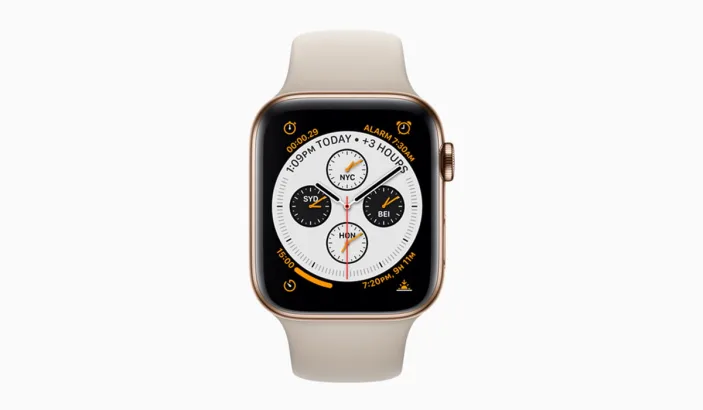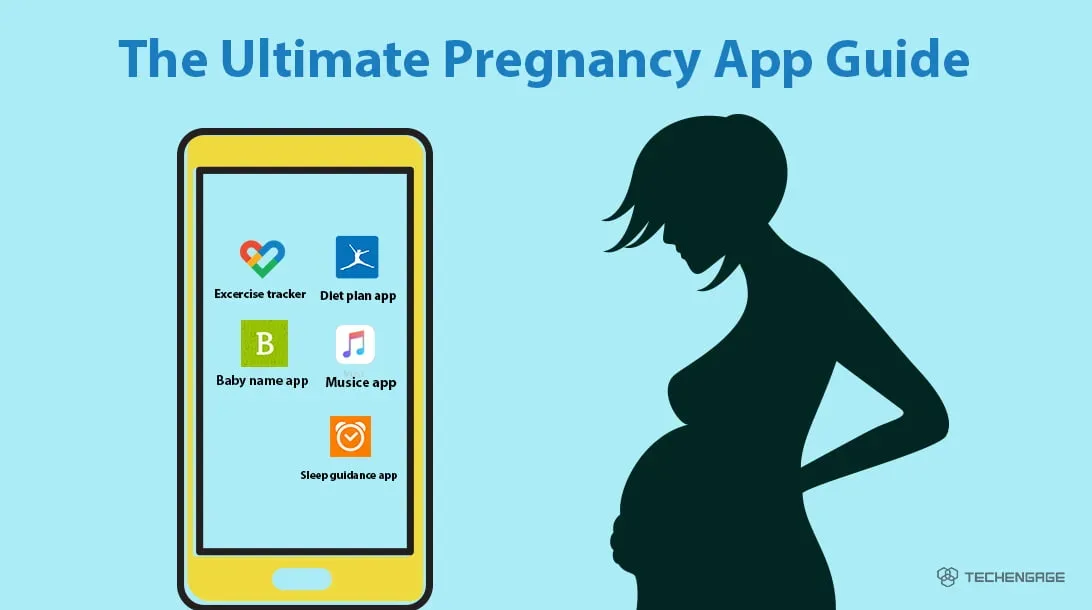The wearable medical device is autonomous. It is non-invasive and accomplishes specific medical functions like supporting and monitoring for a prolonged period.
Wearable technology plays a vital role in medical and healthcare technology. In the healthcare sector, more applications of wearable devices are coming. There is a lot of demand for wearables in the market.
Advantages
- Boost communication
- Allow multitasking
- Consistent
- Used in the military for security purposes
- Develop the communication between an individual and the machine
- Provide convenience
- Work from everywhere
Disadvantages
- Expensive
- Interference of multiple devices that allow and share the channel
- Wearable devices can be heavy
- Shortage ad absence of integrated sensors
- Some of them consist of a lot of wiring
- Can cause irritation
- Wearable devices can cause heat and side effects such as a headache
- Wired network restrictions
- Easy to get data on an individual if the item is stolen or lost
Wearable Biosensors:
Wearable Biosensors are one of the significant developments in the sector of health technology. Wearable Biosensor is a combination of wearable objects and biosensors. Wearable objects can be worn on the body like bandages, rings, clothes, smartwatches, tattoos, jewelry, etc.
Wearable Biosensors can be smart shirts and smartwatches that allow blood glucose levels, blood pressure, heartbeat rates, and other biometric data to be constantly measured. The real-time information is then sent to the healthcare providers. Wearable Biosensors have developed two-way communication between the doctor and the patient.
Applications
- Wearable Biosensor is wireless supervision of people during hazardous operations.
- Used in overcrowded emergency departments
- It plays a vital role in cardiovascular disease for monitoring hypertension
- It is used for chronic surveillance of abnormal heart failure
Why is there a need for Wearable Biosensors?
- Wearable Biosensor is used for remote patient monitoring
- Wearable Biosensor is used for training support of athletics
- It is used for the tracking of professional truck driver vital sign to alert them of fatigue
- It is used for the monitoring of individuals who work within the hazardous element
Pros of Wearable Biosensors
- Continuous monitoring
- Easy to use
- Cheaper
- Longer lifetime
- Reduce the hospitalization fee
Cons of Wearable Biosensors
- The initial cost is high
- Less selectivity
- A large number of enzymes
- Longer response time
- Longer recovery time
- A limited number of physiological parameters can be monitored.
Optical Sensors
The sensors are 50 times thinner than a human hair. It permits the doctor to control various chronic diseases like diabetics.
You may also like: All you need to know about food scanners
The sensors can compute and calculate a minimal concentration of gases; they are called metabolites. These sensors are used to monitor a person’s health.
Dr. Tricoli said these biomarkers of disease could be tracked by simply using a pulse of light, and it doesn’t require batteries, wires, or expensive lab equipment. He believes a wearable device using these tiny sensors may one day eliminate the need for blood tests and other invasive procedures.
“As the sensors are ultra-small and ultra-light, they could potentially be fitted to micro-satellites or tiny spacecraft that could help in the hunt for life on distant planets, by telling us if there are trace organic molecules of living organisms on distant planets,” said Dr Rahmani, who’s also an Australian Research Council (ARC) Discovery Early Career Research Fellow at the ANU Research School of Physics and Engineering.
Key features of the wearable technology
Following are the key features of wearable technology.
The data
In cardiology, such wearable devices can give information on the heart rhythm and the patient’s behavior. It also provides information like the information of blood pressure, breathing rate, and blood glucose level. These devices could provide unbelievable bundles of data.
A study has shown that this data can find its way into electronic records as well. At present, these devices are at their premature stages. They are being used and handed down, but they are not FDA approved.
Data from wearable can be used in clinical trials
Digital technology has permitted investigators to reimage the clinical trials. The wearable can be a great source of collecting information that includes an amount of sleep, heart rate, and physical activity.
Wearable allows the data to be collected passively, and it can present the picture of what to do with the experimental devices and drugs.
Wearable data might be the future of healthcare.
Wearable devices play a vital role in patient-centered preventive care. These devices are progressively used to monitor heart rate, blood pressure, etc., clinically.
The data from these wearable devices can help transform healthcare.
Different types of wearable devices
The wearable device can be a fitness tracker or some other electronic device worn on the body. There are various types of these devices. Implantable devices and FDA approved pill is also included in the wearable types. FDA-approved pill, which is antipsychotic, can track the patient’s adherence. It is also used to treat schizophrenia and bipolar disorder.
Conclusion
Wearable devices are an ingenious way of getting acknowledged about the patient’s health status. It can set a new trend in innovative health technology.







Share Your Thoughts